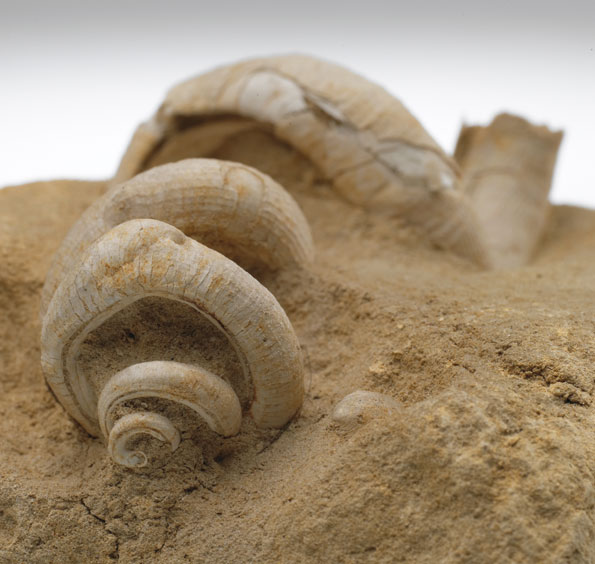 Gastropod fossil
Gastropod fossil
TLF ID R6871
This is a colour photograph of a fossil of a gastropod 'Tenagodus occlusus', showing the spiralled shell.
 Gastropod fossil
Gastropod fossil
TLF ID R6871
This is a colour photograph of a fossil of a gastropod 'Tenagodus occlusus', showing the spiralled shell.
6; 7; 8; 9; 10; 11; 12
